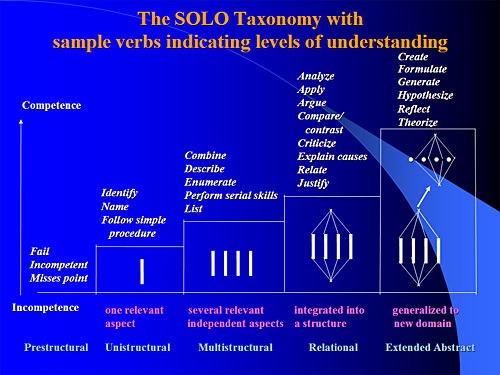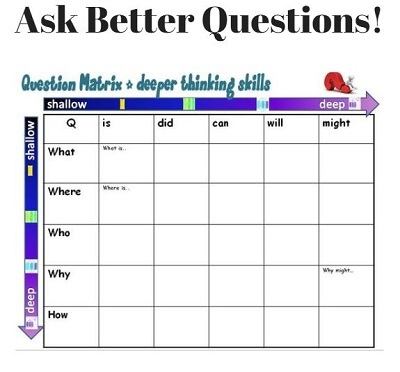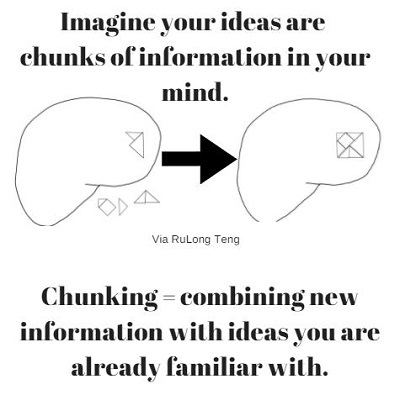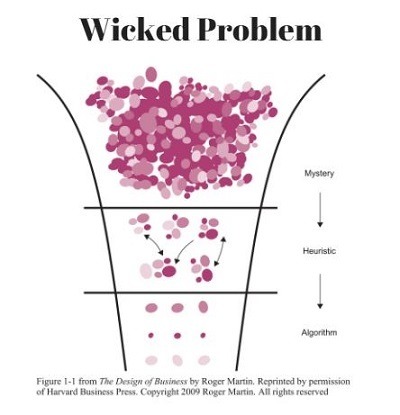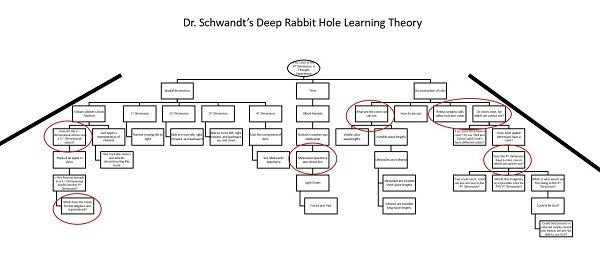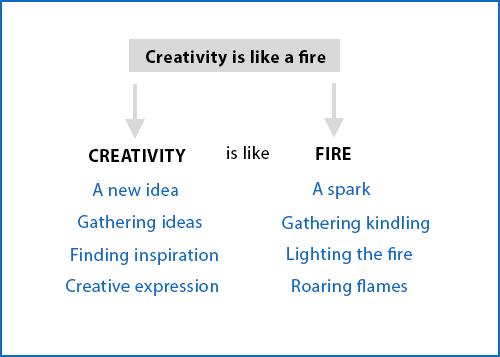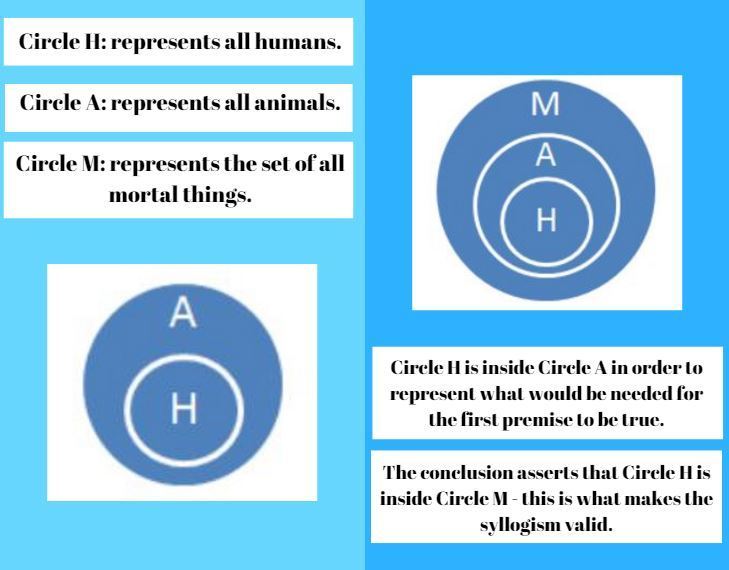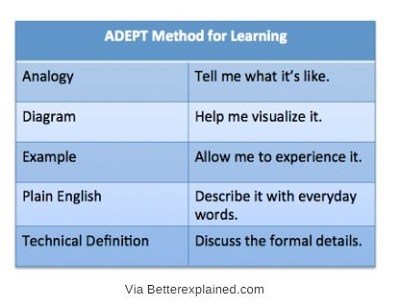Are you looking for new approaches to learning? If so, there are powerful approaches you can learn outside the conventional techniques you were taught in school. For some, unconventional approaches are a necessity, as typical approaches simply do not work for us. It’s like requiring everyone to be a PC, yet you are a MAC. So, continue reading if you are a MAC stuck in a PC world.
I have developed an approach to learning that uses a combination of some of the most effective outside-the-box approaches to learning. Behind this approach lies one simple formula called The Learning Formula (TLR). With TLR, we start by learning something new, followed by actively processing new knowledge, then applying it as soon as possible; thus, demonstrating that learning updates in our brain by using the following formula: Learning = Download + Process + Apply.
Using this formula (and similar approaches to learning), I created the Deep Rabbit Hole (DRH) Learning Theory.
What Makes DRH an Effective Learning Approach?
I will demonstrate the algorithm for this theory. However, before I dive into the algorithm, let’s first discuss two key concepts I used as the framework for the theory. Think of these two concepts as my heuristic (a tool or approach to problem solving or learning).
To understand something quickly: Solo Taxonomy
The structure of observed learning outcomes (SOLO) taxonomy is a model describing the levels of increasing complexity of a student’s understanding of a concept. With Solo Taxonomy, you are moving from the prestructural form (where the student is unsure of the concept) to the extended abstract (where the student, not only understands the concept, but looks at the ideas in a new and extended way). This approach is effective in guiding us in asking the right questions. [1]
To remember ideas better than others: Chunking
Chunks are small units of knowledge logically fitting together allowing us to practice and remember what we learn. We have a better chance of storing the new information in our long-term memory by breaking these larger pieces of information down into smaller chunks.
With chunking, imagine that you are trying to solve a problem, where the problem has four basic elements. We can only hold approximately four thoughts in our working memory, so we must find ways to group related elements into chunks. Once we successfully assemble useful elements into chunks, we can then use our working memory to manipulate concepts. In order to do this, we must first understand how concepts fit together. This is why the use of analogies are so effective. [2]
How to Apply DRH Learning Theory to Learn Fast?
My informal definition of an algorithm is simply a step-by-step process or set of rules I use in my theory. Using an algorithm helps in solving difficult and abstract problems, such as a wicked problem. Let’s take a look at each step of the algorithm.
1. Identify what you are trying to solve or learn.
Using this article as an example, here we are trying to understand what smart students do to learn fast with good results. This would form the question or problem we are trying to solve or understand.
2. Clearly state the purpose.
It is important to have a clear direction and understanding of your objective. In this article, my objective is to clearly outline how students can learn fast with the best results.
3. Identify what you’ve already known.
This provides students a perfect opportunity to use Solo Taxonomy as discussed earlier.
4. Use a Deep Rabbit Hole (DRH).
Here we are using a combination of chunking with a semantic tree. With this tool, you are deconstructing the concept, question, or idea. We are clearly identifying the parts of the rabbit hole we want to apply. We do this by coloring or circling those components we would like to further apply or break into their own DRH.
5. Use an Analogy.
An analogy is simply a comparison between two concepts for the purpose of explanation.
6. Create or use a Diagram.
A diagram is a drawing that represents the appearance or structure of something in graphic form. This could be anything from a simple sketch, to a detailed outline of a building.
7. Form your Theory or Hypothesis.
A powerful approach we can use to form a Hypothesis is to use a form of deductive reasoning called syllogistic reasoning. For example, let’s take a look at one of Aristotle’s famous syllogisms.
- Premise #1: All humans are animals (represented as H).
- Premise #2: All animals are mortal (represented as A).
Conclusion: Therefore, all humans are mortal (represented as M).
8. Practice and apply your Theory or Hypothesis.
Finally, let’s look at how we can firmly secure what we are studying or learning in our memory. By applying what we learn, we are able to secure it in long-term memory. Let’s look at two powerful techniques to use in order to practice and apply our new knowledge.
To enhance your memory: The Method of Loci
The Method of Loci is a mnemonic device dating back to Ancient Greek times. It is a method of memory enhancements using visualization combined with spatial memory. [3]
To learn a difficult concept: ADEPT
The ADEPT method of learning is a way to help us learn a difficult idea or concept by using the following: Use an Analogy, create or find a Diagram, personally Experience the concept, try to explain the idea or concept in Plain English, and then describe the Technical Details of the concept.
Start to take up these powerful approaches and make them your good study habits to learn fast and smart!
Reference
| [1] | ^ | Wikipedia: Structured of observed learning outcome |
| [2] | ^ | YouTube.com: RuLong Teng memory, chunking, and recall |
| [3] | ^ | PsychCentral: Memory and mnemonic devices |

